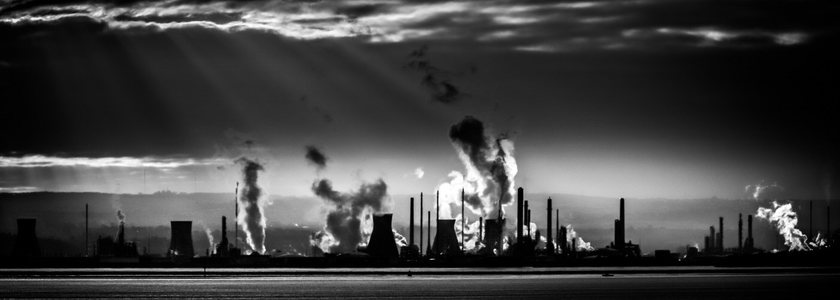

The Consistency of Global Warming
Global warming is a topic so often in the news and various media outlets that the average person can become desensitized to it. Yes, the average temperature of the world as a whole is rising, but hasn't this sort of thing happened before? Isn't the current global warming similar to the natural climate fluctuations of the past? Two studies from the University of Bern in Switzerland have analyzed worldwide climate data from a wealth of sources including tree rings, ice cores, lake sediments, and corals to show just how unusual the current state of global warming is compared to notable climate fluctuations of the past 2,000 years.
The two major climate fluctuations over the past two millennia have been the Medieval Warm Period (ca. 700-1400) and the Little Ice Age (ca. 1300-1850). Past climate studies of these two events have focused primarily on the impacts these two periods have had on North America and Europe. Previously, with relatively sparse climate history data from other parts of the world, these two periods were assumed to have relatively consistent effects across the globe, and at nearly the same time. With the increase in worldwide climate history data collection, especially in just the past few decades, the team from Bern now had sufficient data to show that both the Medieval Warm Period and the Little Ice Age did occur, but at different times in different parts of the world. Furthermore, unlike these past periods of climate fluctuation, today's global warming is very different in that it is uniform across the whole world at the same time, with a much greater magnitude than any warming over the past 2,000 years.
The Little Ice Age is well represented in European art from the 1500s through the 1800s. The Dutch painter Hendrick Avercamp, for example, painted skaters on the frozen canals of the Netherlands in the early 1600s. These same waterways rarely freeze during winter in the modern day. According to the climate data, though, while Northern Europe experienced its coldest period from 1600-1700, much of Asia didn't experience theirs until around 1800-1900. Looking at the map of the warmest period over the past 2000 years, though, aside from a tiny sliver off the coast of Antarctica, fully 98% of the world has experienced their warmest 50-year period in the 20th Century. Furthermore, this warming far exceeds the warming during the height of the Medieval Warm Period. Taken together, both the consistency of modern warming across nearly the entire globe, as well as its magnitude, show that modern global warming is not the result of natural climate fluctuations, but is indeed caused by man, or anthropogenic in origin.








